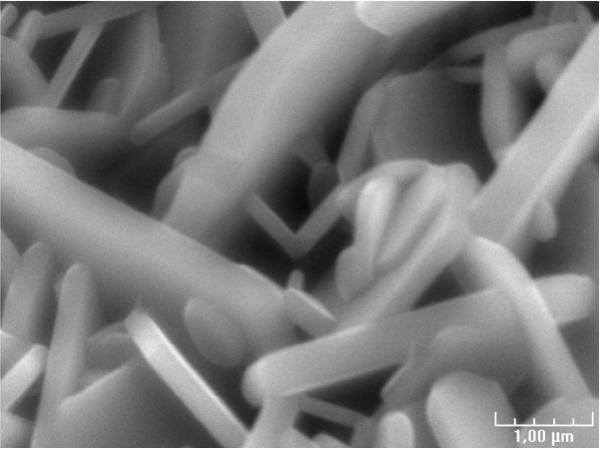Scientists developed a plant-based technology for obtaining magnetic nanoparticles with antifungal properties

Credit: Thakur et al. / Nano-Structures & Nano-Objects, 2020
A team of researchers from Immanuel Kant Baltic Federal University obtained magnetic nanoparticles using sweet flag (Acorus calamus). Both the roots and the leaves of this plant have antioxidant, antimicrobial, and insecticide properties. The extract of sweet flag was used as a non-toxic reagent for the manufacture of coated particles. The authors of the work also showed the efficiency of the new nanoparticles against several types of pathogenic fungi that damage cultivated plants. A technology developed by the team provides for the manufacture of nanoparticles from a cheap plant-based raw material and reduces the harmful effect of reagents on the environment.
Because of their unique properties, nanoparticles are used in many areas, from medicine to oil production. Their characteristics depend to a great extent on their size and shape, and the ratio between their surface area and volume plays a key role. The bigger it is, the stronger is a nanoparticle’s local effect. Magnetic nanoparticles that can be controlled with an external magnetic field or emit heat under the influence of electromagnetic radiation have potential in biology and medicine. For example, particles with increased magnetic moment are used both in medical diagnostics and for the treatment of various conditions. Some studies also indicate that magnetic nanoparticles can have antifungal properties. For these applications, scientists suggest using barium ferrite nanoparticles in biocompatible coating.
“There are several methods of manufacturing coated nanoparticles with given characteristics, but all of them include toxic reagents. We have developed an environmentally friendly technology for the production of barium ferrite with the use of sweet flag extract. The surface of these particles has additional biological properties and the particles themselves possess all necessary magnetic and geometrical characteristics,” said Prof. Larissa Panina, a Ph.D. in Physics and Mathematics from BFU.
The team mixed an extract made from dried sweet flag roots with barium and iron salts and water. Then, the mixture was heated to evaporate the liquid and obtain powder. After that, the powder was sintered at temperatures up to 900°C, and nanoparticles were formed. To study their morphology, the team used scanning electron microscopy. This method is based on scanning the surface of a studied object with an electron beam and applies to fragments that are just several nanometers in size. The average size of the hexagon-shaped nanoparticles was from 20 to 50 nm. The team also studied the crystalline structure and elemental composition of the particles using X-ray structural analysis and energy dispersive spectroscopy and found out that the new particles had no admixtures.
The barium ferrite nanoparticles synthesized by the team were active against four species of fungi that cause various diseases of fruit and flowering plants. Even in small concentrations, the nanoparticles were able to slow down the growth of pathogens. In the course of the Fenton reaction, the ions of iron in barium ferrite reacted with peroxides and reactive oxygen forms (OH radicals) appeared. Being extremely active, they reacted with substances in harmful cell walls, damaged them, and thus slowed down the growth of pathogens. According to the authors of the study, this is a universal mechanism that might make the nanoparticles active against other species of fungi, too.
###
Media Contact
Alexandra V. Titova
[email protected]
Related Journal Article
http://dx.




